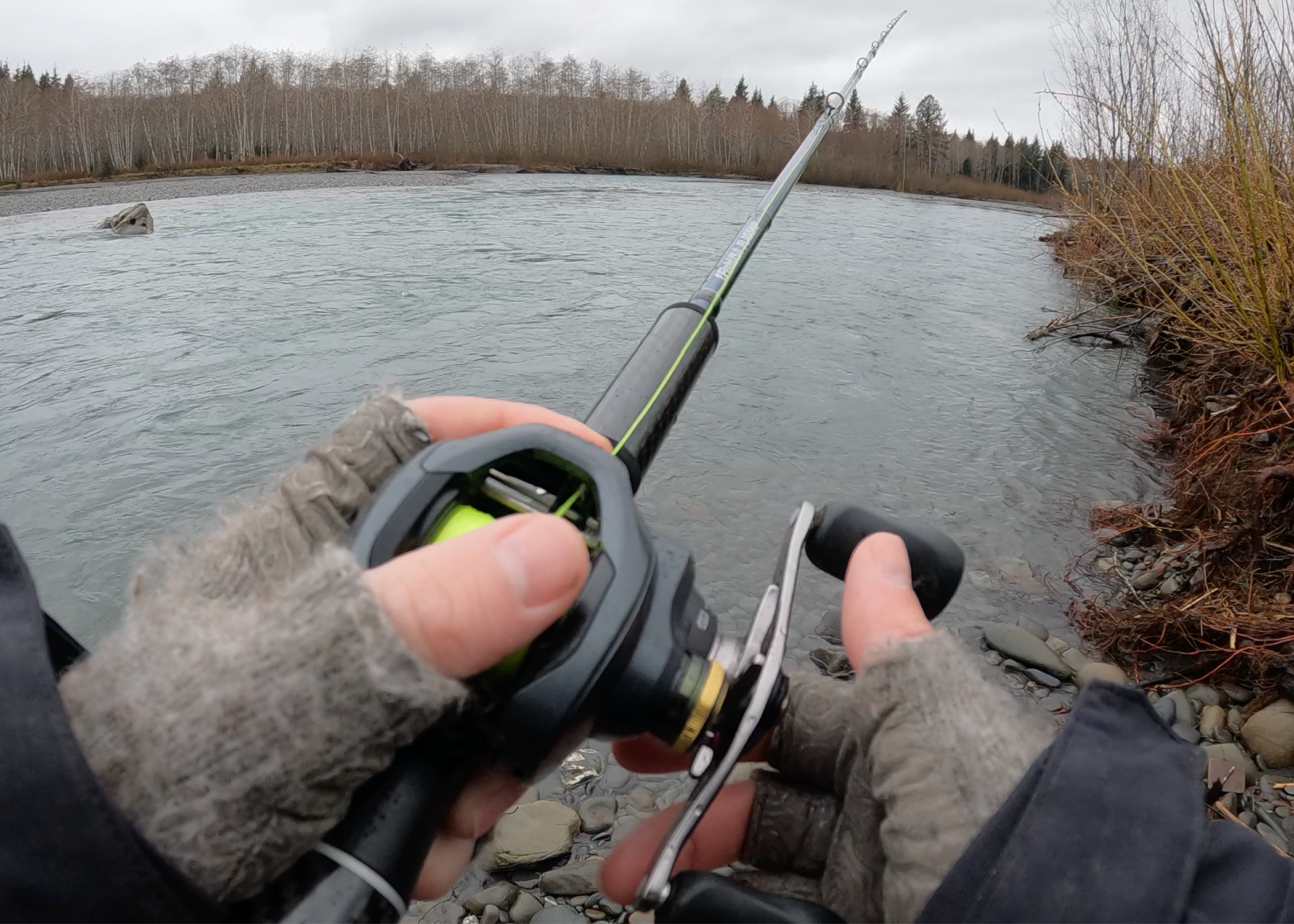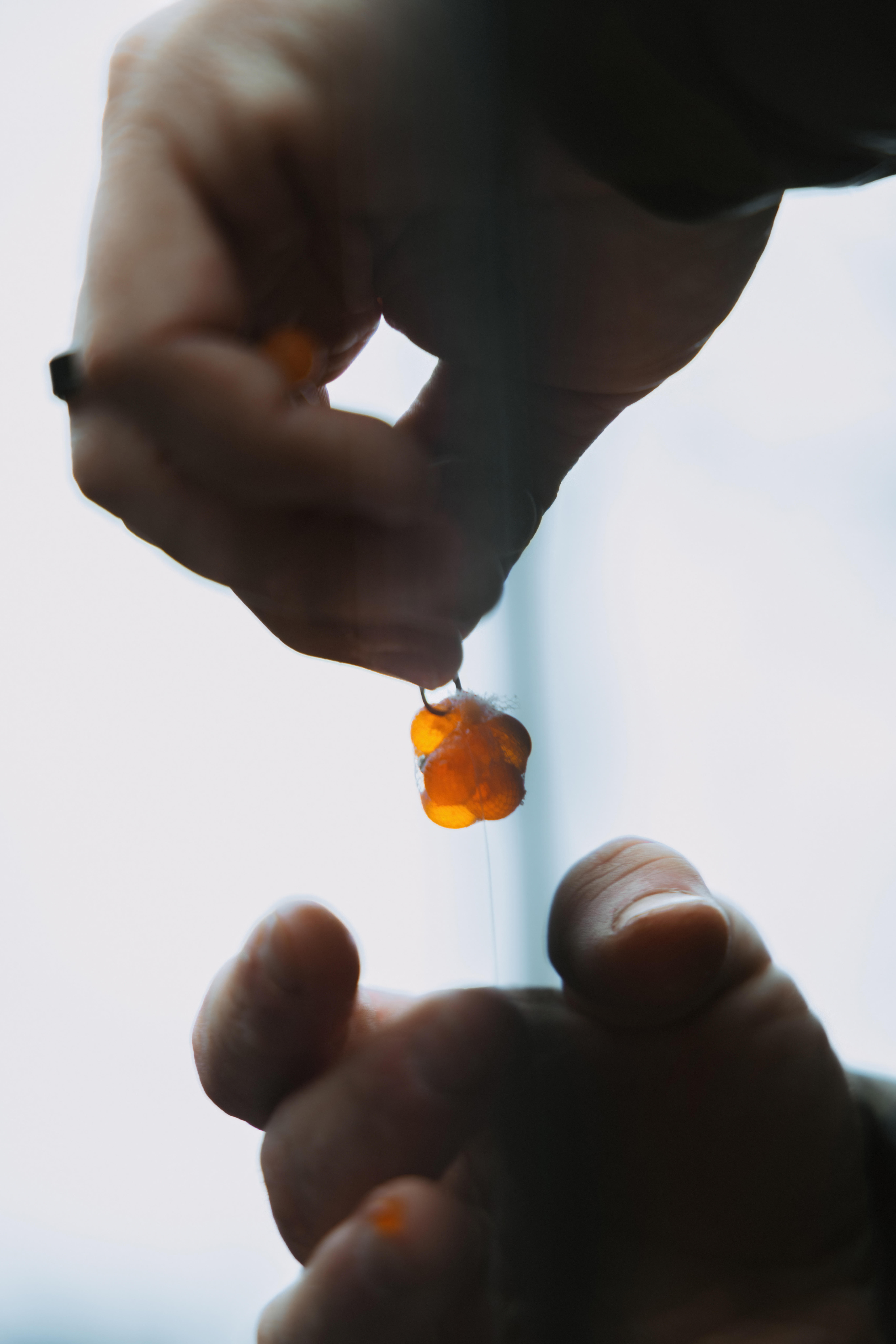Back Bouncing for Steelhead: Complete Technique, Gear, and Boat Control Guide
Table of Contents
What Is Back Bouncing?
Where and When It Works Best
Core Back Bounce Rig
Rod, Reel, and Line

Boat Control: The Real Key
Presentation: Step by Step
Depth, Weight, and Contact Rules
Reading Bottom vs. Bites
Hooksets That Stick
Top Baits and Rigging

Advanced Boat Positioning
Seasonal Adjustments
Troubleshooting
Safety and Ethics
Bank Back Bouncing
Practice Plan
Key Takeaways
Conclusion
Shop Salmon & Steelhead Gear

